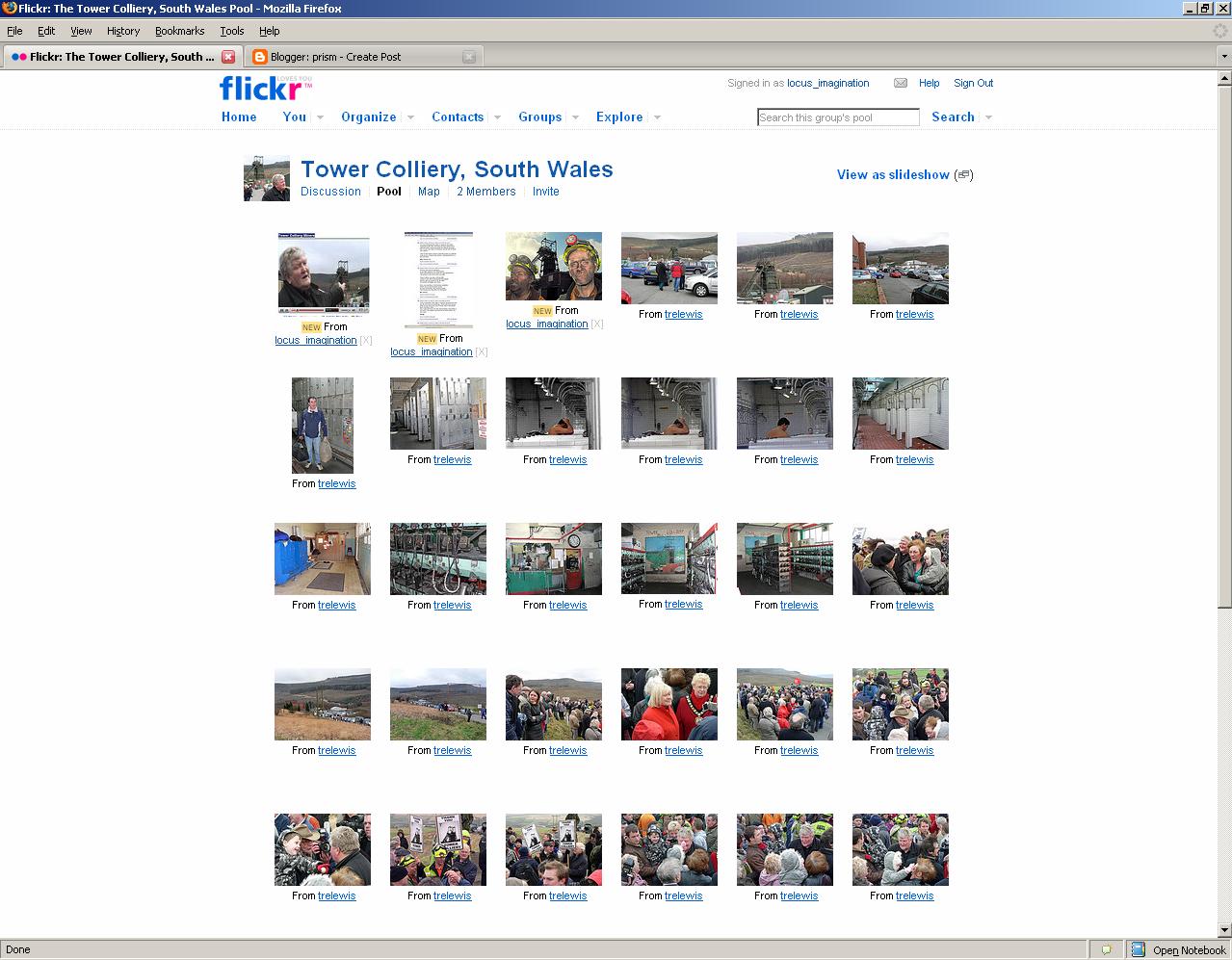

ofcom | 31|01|08 | Freeing up the valuable public spectrum
Government, its agencies and other public organisations including the Ministry of Defence (MoD) will be able to share, trade or release their considerable radio spectrum holdings under new plans announced by Ofcom.
Ofcom expects the arrangements to free up some of the most valuable spectrum for new wireless services for the benefit of citizens and consumers. This will enable the key public users such as the MoD to trade their spectrum holdings and acquire new spectrum in the market.
Public bodies use around half of the radio spectrum below 15 GHz – the most sought after and congested frequencies. An independent study published in 2005 estimated that the spectrum held by the public sector could have a market value of between £3bn and over £20bn.
The news is of particular significance to the MoD which holds about a third of the most sought-after public sector spectrum. The MoD has already committed to sharing and releasing a significant proportion of its spectrum holdings and plans to consult on proposals in May 2008.
Ofcom will enable public spectrum trading by issuing new regulations and aims to consult on them in the summer. The Government will take responsibility to ensure that in trading and releasing public spectrum, defence, national security and public safety remains paramount.
Ed Richards, Chief Executive of Ofcom, said: “Public bodies and the MoD in particular hold some of the most valuable and sought-after radio spectrum. By working with these organisations we are enabling them to trade and release this spectrum which will create new opportunities for the development of wireless services for the whole country.”
The statement can be found at: http://www.ofcom.org.uk/consult/condocs/sfrps/statement/
Ends.
[market approach to spectrum, property model, commons : Defence Estates : MOD land sales: google]
